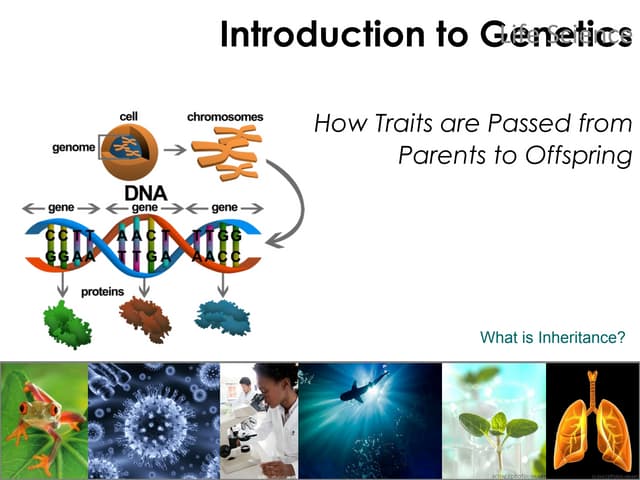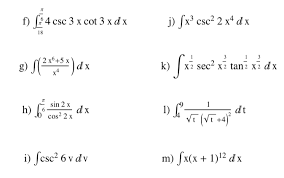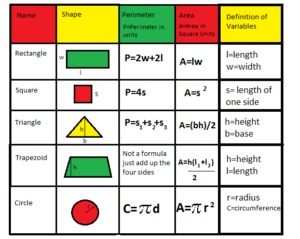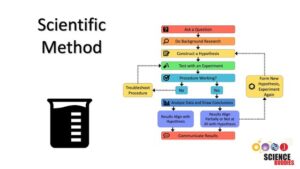Genetics is the branch of biology that focuses on studying genes, heredity, and variation in living organisms. It forms the foundation of many biological processes that govern the traits and characteristics of every organism. Understanding genetics allows us to grasp the mechanisms that determine how traits are inherited and how organisms evolve over time. At the heart of genetics is deoxyribonucleic acid (DNA), the molecule that carries genetic instructions for the growth, development, functioning, and reproduction of all living organisms.
In this article, we will explore the concepts of genetics and DNA, delving into how they interact to shape the biological world. From the basic structure of DNA to its role in inheritance and its significance in the field of medicine, this introduction will offer a comprehensive overview of genetics and DNA.
What is Genetics?
Genetics is the scientific study of heredity, which is the passing of traits from parents to offspring. Traits can include everything from eye color and hair type to susceptibility to certain diseases. These inherited traits are determined by the genes found in an organism’s DNA. Genetics also studies how variations in these traits arise through mutations, environmental influences, and the natural processes that contribute to evolution.
Genes, which are made up of DNA, serve as the instructions for producing proteins that perform a wide range of functions within the body. These proteins are responsible for the structure, function, and regulation of the body’s cells, tissues, and organs. The field of genetics is vast, encompassing everything from the study of simple inheritance patterns to more complex processes like gene expression, epigenetics, and genetic engineering.
What is DNA?
Deoxyribonucleic acid (DNA) is the molecule that carries the genetic instructions for the growth, development, functioning, and reproduction of all living organisms. DNA is a double-stranded helix composed of nucleotides, each of which contains three parts:
- A sugar molecule (deoxyribose in DNA).
- A phosphate group.
- A nitrogenous base (adenine, thymine, cytosine, or guanine).
The sequence of nitrogenous bases along the DNA molecule forms the genetic code, which provides the instructions for building and maintaining an organism’s body. DNA molecules are arranged into structures called chromosomes, which are located in the nuclei of cells in most organisms. Each species has a specific number of chromosomes that contain its genetic information.
The two strands of DNA are held together by hydrogen bonds between complementary pairs of nitrogenous bases. Adenine (A) pairs with thymine (T), and cytosine (C) pairs with guanine (G). These pairs form the “rungs” of the DNA ladder, while the sugar-phosphate backbone forms the “sides.”
The Structure of DNA
The structure of DNA is often described as a double helix, resembling a twisted ladder. The two strands of the helix are made up of sugar and phosphate molecules, which create the backbone of the DNA molecule. The nitrogenous bases, which are adenine, thymine, cytosine, and guanine, form the rungs of the ladder, pairing in specific ways: adenine pairs with thymine, and cytosine pairs with guanine. This complementary base pairing is crucial for DNA replication, as it ensures that the genetic information is copied accurately.
The double helix structure of DNA was first discovered by James Watson and Francis Crick in 1953, with the help of X-ray crystallography data produced by Rosalind Franklin. This discovery was a landmark in the field of genetics and paved the way for further breakthroughs in understanding how genetic information is passed on from one generation to the next.
DNA Replication
DNA replication is the process by which a cell makes an identical copy of its DNA before cell division. This process ensures that each new cell has the same genetic information as the original cell. DNA replication occurs during the S-phase of the cell cycle and is essential for growth, repair, and reproduction.
The process of DNA replication begins with the unwinding of the double helix by an enzyme called helicase. Next, an enzyme called DNA polymerase adds complementary nucleotides to each strand of the DNA, using the existing strand as a template. The result is two identical double-stranded DNA molecules, each consisting of one old strand and one newly synthesized strand. This is known as semi-conservative replication.
Genes and Inheritance
Genes are segments of DNA that code for specific proteins or functions within the cell. Each gene occupies a specific location on a chromosome and carries the instructions for producing a particular protein. The complete set of genes in an organism is referred to as its genome.
Inheritance refers to the process by which genes are passed down from parents to offspring. This occurs during sexual reproduction, where offspring inherit one set of chromosomes from each parent. Each chromosome contains thousands of genes, which determine the organism’s traits. These traits can be physical, such as eye color or height, or they can relate to susceptibility to diseases.
The inheritance of genes follows specific patterns, and scientists have identified several key principles that govern inheritance:
- Mendelian Inheritance: Gregor Mendel, an Austrian monk and scientist, formulated the foundational laws of inheritance in the 19th century. His work focused on how traits are inherited in a predictable manner according to dominant and recessive alleles.
- Dominant alleles are those that mask the effects of other alleles when present.
- Recessive alleles require two copies (one from each parent) to express their traits.
- Homozygous refers to having two identical alleles for a particular gene, while heterozygous refers to having two different alleles.
- Sex-Linked Inheritance: Some genes are located on the sex chromosomes (X and Y), and these genes follow different inheritance patterns. For example, males (XY) have only one X chromosome, so they are more likely to express recessive traits linked to the X chromosome.
- Codominance and Incomplete Dominance: In some cases, both alleles of a gene are equally expressed in the phenotype (codominance), or neither allele is fully dominant over the other, leading to a blended phenotype (incomplete dominance).
Mutations and Genetic Variation
Mutations are changes in the DNA sequence that can lead to variations in traits. Mutations can occur naturally or be induced by environmental factors such as radiation, chemicals, or viruses. Most mutations are neutral, having little or no effect on the organism. However, some mutations can lead to beneficial traits that enhance survival, while others can cause harmful effects, such as genetic disorders.
Genetic variation arises from mutations, recombination (the exchange of genetic material during sexual reproduction), and the independent assortment of chromosomes. This variation is the raw material for natural selection, the process by which advantageous traits become more common in a population over time.
DNA and Medicine
DNA plays a crucial role in the field of medicine. Understanding the structure and function of DNA has led to advances in diagnosing, treating, and preventing genetic diseases. Many genetic disorders, such as cystic fibrosis, sickle cell anemia, and Huntington’s disease, are caused by mutations in specific genes.
Gene therapy, which involves altering or replacing defective genes, has shown promise as a treatment for certain genetic disorders. Additionally, the development of personalized medicine, where treatments are tailored to an individual’s genetic makeup, has the potential to revolutionize healthcare by providing more effective and targeted treatments.
Moreover, DNA testing is used in forensic science to identify individuals based on their unique genetic profiles. DNA profiling has become an essential tool in criminal investigations and paternity testing.
Genetic Engineering and Biotechnology
Genetic engineering involves manipulating an organism’s DNA to achieve desired traits. This technology has a wide range of applications, including the development of genetically modified organisms (GMOs) in agriculture, the production of recombinant proteins in medicine, and the creation of genetically engineered microorganisms for industrial purposes.
Biotechnology, which encompasses the use of biological systems and organisms to develop products and technologies, is closely linked to genetic engineering. Together, these fields have led to innovations such as genetically modified crops that are resistant to pests and diseases, as well as the production of human insulin and other therapeutic proteins.
Conclusion
Genetics and DNA are central to understanding the biological processes that govern life on Earth. From the structure and function of DNA to the principles of inheritance and genetic variation, these concepts form the foundation of modern biology. The study of genetics has not only expanded our knowledge of how organisms develop and evolve but has also paved the way for advancements in medicine, agriculture, and biotechnology.
As we continue to unlock the mysteries of DNA, we are likely to see even more breakthroughs that could transform our understanding of life and lead to new treatments for genetic diseases, more efficient agricultural practices, and innovative technologies. The study of genetics and DNA will remain at the forefront of scientific research, shaping the future of biology and medicine for generations to come




